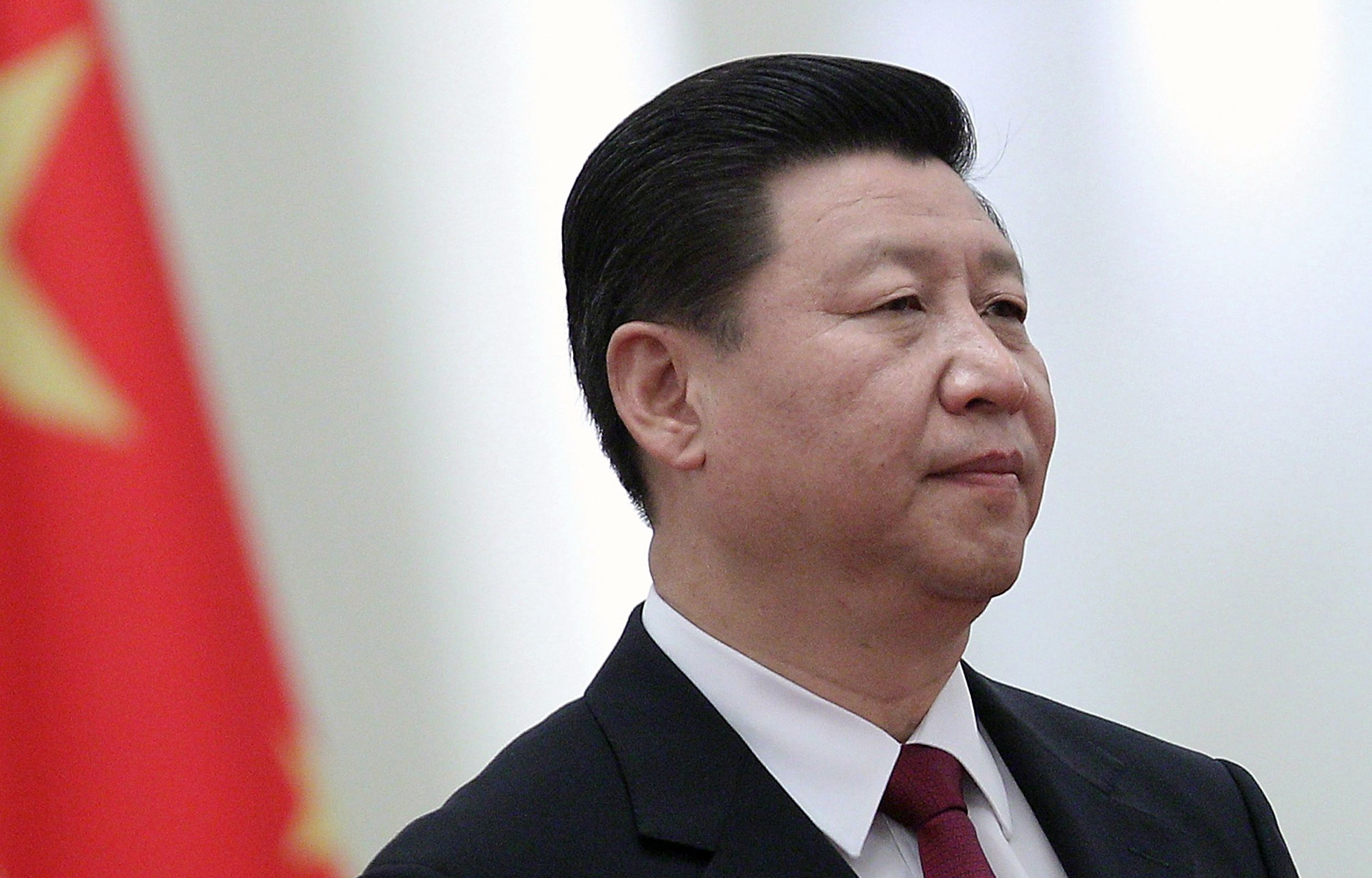In a sharp escalation of trade tensions between the world’s two largest economies, China has announced a significant increase in tariffs on U.S. imports, raising levies from 34% to 84%, effective April 10.
The move comes in direct response to the latest round of U.S. tariffs on Chinese goods, which surged past 100% following an announcement from the Trump administration. The Office of the Tariff Commission of the State Council released the news on Wednesday, signaling Beijing’s continued hardline approach amid a deepening trade standoff.
The tit-for-tat tariff increases are threatening to severely disrupt trade flows between the two nations. In 2024, the U.S. exported $143.5 billion worth of goods to China while importing $438.9 billion, according to the Office of the U.S. Trade Representative.
President Donald Trump unveiled a sweeping new tariff policy last week, urging other nations not to retaliate. While some, including Japan, have shown a willingness to negotiate, China swiftly countered with its own tariff measures.
After China’s initial response to the April 2 tariff hike, Trump raised import taxes on Chinese goods by an additional 50%, bringing the total to 104%.
“It’s unfortunate that the Chinese actually don’t want to come and negotiate, because they are the worst offenders in the international trading system,” U.S. Treasury Secretary Scott Bessent told Fox Business on Wednesday. “They have the most imbalanced economy in the history of the modern world, and I can tell you that this escalation is a loser for them.”
Even before the administration’s full trade policy rollout in April, the U.S. had already imposed new tariffs on China, alongside similar levies on Canada and Mexico. Officials cited the crackdown on fentanyl trafficking as part of the justification for the broader trade restrictions.
The escalating trade war has rattled global markets. Investors fear that prolonged tensions could lead to slower economic growth, higher inflation, and shrinking corporate profits. U.S. stocks have taken a hit, with the S&P 500 closing nearly 20% below its recent peak on Tuesday—entering bear market territory. South Korea’s Kospi Index followed suit on Wednesday, and major indexes in Shanghai and Hong Kong have also suffered sharp declines since the U.S. tariff hike on April 2.






